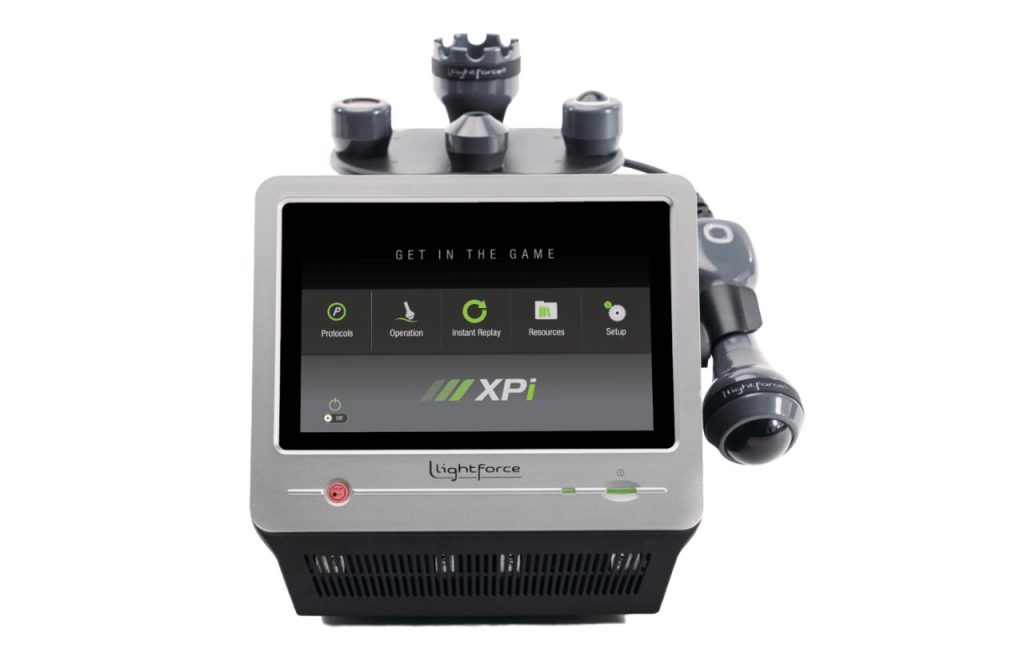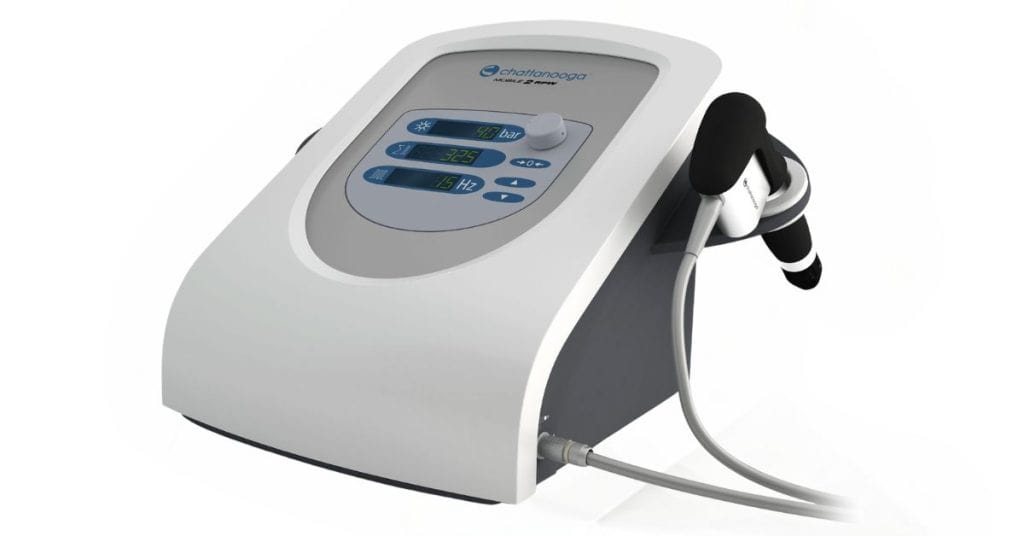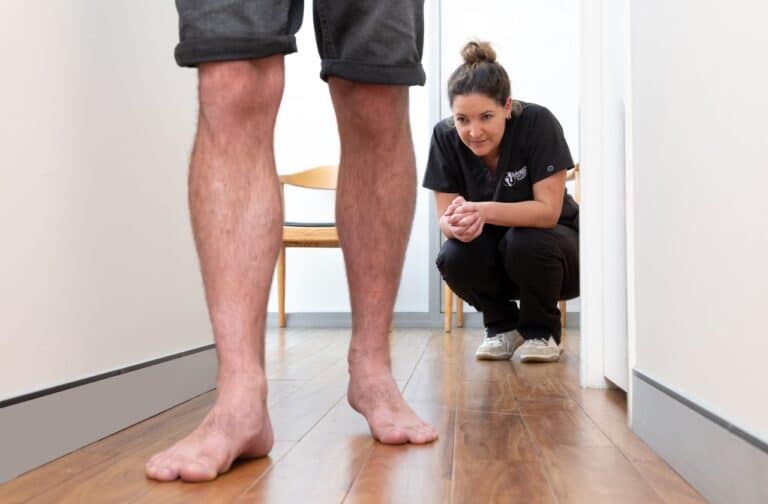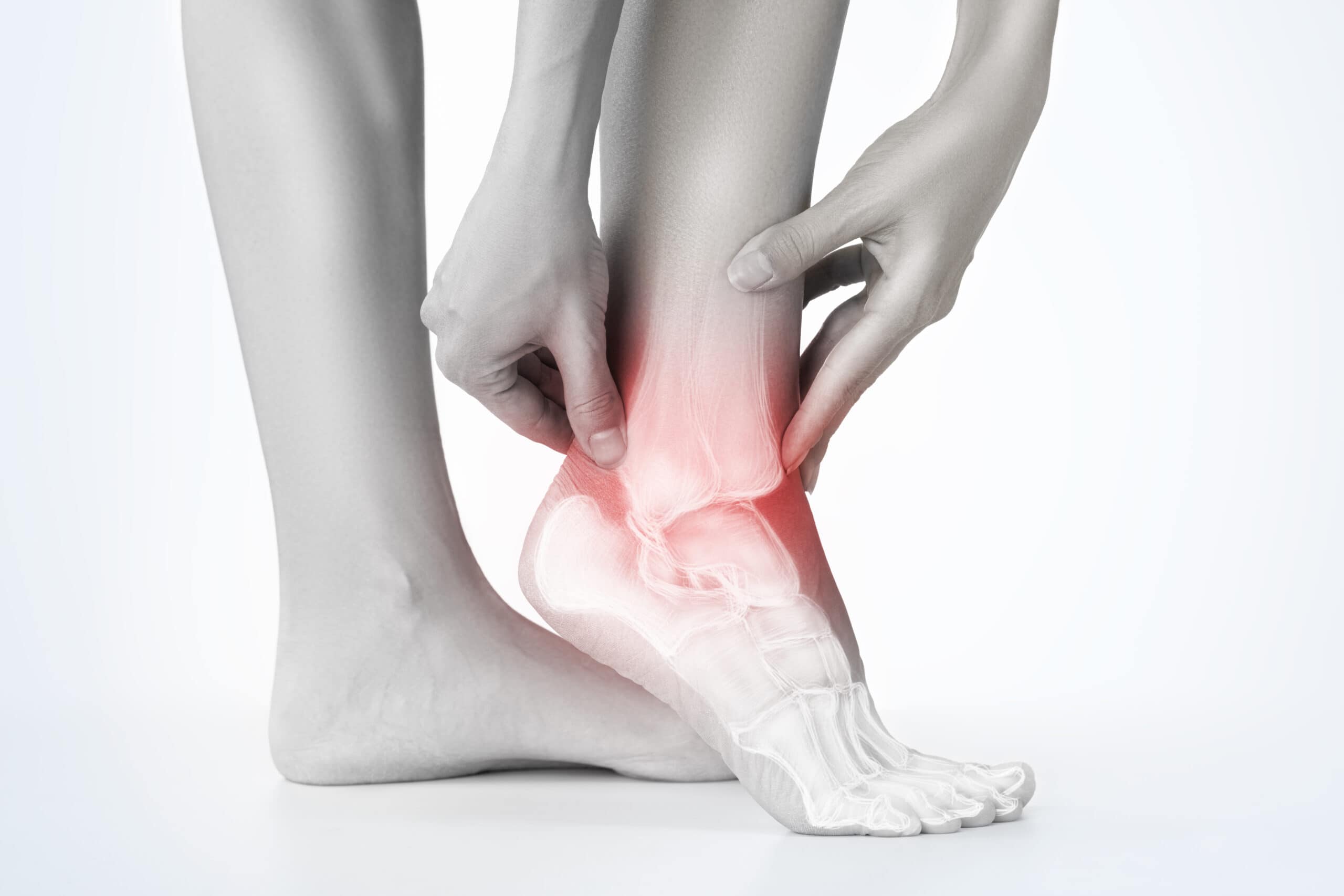If you’ve been experiencing discomfort in your ankle, you might be dealing with sinus tarsi syndrome. This condition, characterised by pain in the sinus tarsi, can affect your daily activities and mobility. At Advance Foot Clinic Podiatry, we understand the frustration that comes with persistent foot and ankle issues. In this comprehensive guide, we’ll delve into what sinus tarsi syndrome is, its symptoms, causes, and most importantly, effective sinus tarsi syndrome treatment options that can help you find relief.
What is Sinus Tarsi Syndrome?

Sinus tarsi syndrome refers to the inflammation or irritation of the sinus tarsi, a small bony canal located on the outside of the ankle. This area contains important ligaments and structures that support the foot and ankle joint. When the sinus tarsi becomes inflamed, it can lead to pain, tenderness, and swelling in the ankle, particularly during weight-bearing activities.
Recognising the Symptoms of Sinus Tarsi Syndrome
If you’re unsure whether your ankle pain is due to sinus tarsi syndrome, here are some common symptoms to look out for:
- Pain on the outside of the ankle: You may experience a dull ache or sharp pain in the area of the sinus tarsi.
- Tenderness to touch: Pressing on the sinus tarsi may elicit discomfort or pain.
- Swelling: Inflammation of the sinus tarsi can lead to visible swelling around the ankle joint.
- Difficulty with weight-bearing activities: Walking or standing for prolonged periods may exacerbate the pain.
If you’re experiencing any of these symptoms, it’s essential to consult with a podiatrist for an accurate diagnosis and appropriate sinus tarsi syndrome treatment.
Understanding the Causes
Several factors can contribute to the development of sinus tarsi syndrome:
- Ankle sprains: A previous ankle injury, such as a sprain, can lead to instability and increased stress on the sinus tarsi.
- Overuse: Engaging in repetitive activities that involve the ankle, such as running or jumping, can strain the structures surrounding the sinus tarsi.
- Foot biomechanics: Issues with foot alignment or gait abnormalities can place excessive pressure on the sinus tarsi, leading to irritation and inflammation.

By identifying and addressing the underlying cause, your podiatrist can develop an effective treatment plan to alleviate your symptoms and prevent recurrence.
Finding Relief with Sinus Tarsi Syndrome Treatment
Fortunately, there are several treatment options available to manage sinus tarsi syndrome and promote healing:

- Rest and Ice: Taking a break from activities that exacerbate the pain and applying ice to the affected area can help reduce inflammation and provide relief. Often a short period (1-2 weeks) is enough to break the inflammation cycle and cure the condition.
- Orthotics: Custom orthotic inserts can correct foot biomechanical issues and provide support to the arch, opening up and relieving pressure on the sinus tarsi.
- Physical Therapy: Targeted exercises and stretches can strengthen the muscles surrounding the ankle joint and improve flexibility, reducing the risk of further injury.
- Bracing: Wearing a brace or ankle support can provide stability to the ankle joint and prevent excessive movement that may aggravate symptoms.
- Laser Therapy: Low-level laser therapy (LLLT) can be an effective adjunct treatment for sinus tarsi syndrome. This non-invasive approach utilises light energy to stimulate cellular repair and reduce inflammation in the affected area, promoting faster healing and pain relief.
- Shockwave Therapy: Extracorporeal shockwave therapy (ESWT) is another option for treating sinus tarsi syndrome. This procedure involves delivering shockwaves to the affected area, stimulating the body’s natural healing response and reducing pain.
- Steroid Injections: In some cases, corticosteroid injections may be recommended to reduce inflammation and alleviate pain in the sinus tarsi.
Laser Therapy for Sinus Tarsi Syndrome

Laser therapy, also known as low-level laser therapy (LLLT) or cold laser therapy, has gained popularity as a treatment option for various musculoskeletal conditions, including sinus tarsi syndrome. This non-invasive approach utilises specific wavelengths of light to penetrate the skin and target the inflamed tissues in the sinus tarsi.
How Laser Therapy Works
During a laser therapy session, the podiatrist will use a handheld device to deliver the laser energy directly to the affected area. The light energy stimulates cellular metabolism and increases the production of adenosine triphosphate (ATP), which is essential for cellular repair and regeneration. Additionally, laser therapy helps to improve blood circulation and lymphatic drainage, which aids in the removal of toxins and reduces swelling.
One of the key benefits of laser therapy is its ability to provide pain relief without the need for medication or invasive procedures. Many patients experience significant improvement in their symptoms after just a few sessions of laser therapy.
Shockwave Therapy for Sinus Tarsi Syndrome
Extracorporeal shockwave therapy (ESWT) is another advanced treatment option for sinus tarsi syndrome. This non-invasive procedure involves the delivery of high-energy shockwaves to the affected area using a specialised device. The shockwaves create microtrauma within the tissues, stimulating the body’s natural healing response and promoting tissue regeneration.
Shockwave therapy has been shown to effectively reduce pain and inflammation associated with sinus tarsi syndrome. It can also improve blood flow to the affected area, facilitating the delivery of nutrients and oxygen essential for healing.

Take Charge of Your Ankle Health at Advance Foot Clinic

Don’t let sinus tarsi syndrome hold you back from enjoying your daily activities. With the right approach to treatment and care, you can find relief from pain and get back on your feet. If you’re experiencing sinus tarsi pain or suspect you may have sinus tarsi syndrome, schedule an appointment with one of our experienced podiatrists at at one of our Brisbane or Mount Isa clinics. We’re here to help you take charge of your ankle health and get back to doing the things you love.

